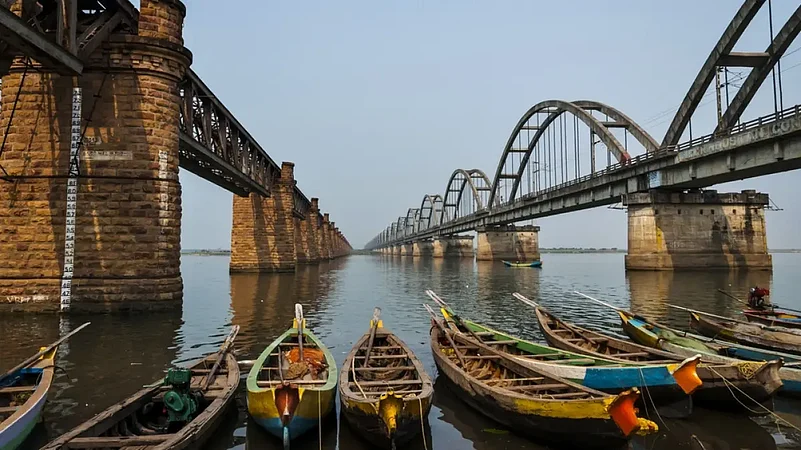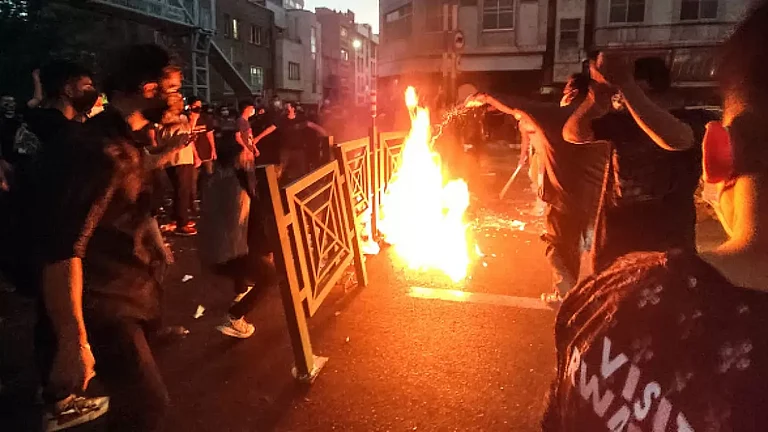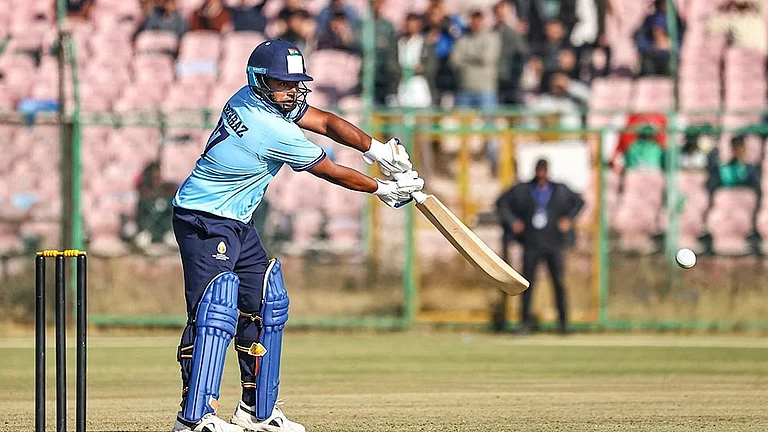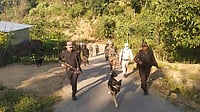Indian history can be traced through various monuments, artefacts and books. However, its outstanding architectural legacy can also be traced back to the bridges that were built to facilitate movement of goods and people across cities and, more often than not, borders. Standing the test of time, weather and natural calamities, some of them withered, while others are as sturdy as ever. How many of these historical bridges have you mapped yet?
Umshiang Double-Decker Root Bridge, Meghalaya

The strength of bridges is often determined by the engineering behind them, but in Meghalaya, it’s about how strong the roots of the trees are. As opposed to the conventional norm, bridges here are grown and not built. Overcast skies and constant downpour are not an uncommon site in Meghalaya. And neither are root bridges in Cherrapunji — one of the wettest places on Earth. On the hill slopes of the southern Khasi and Jaintia districts, there is a species of Indian rubber tree with a strengthened and durable root system. These roots are intertwined by the tribal community in the forests to create bridges to cross rivers. Such bridges can be found throughout many forests in the area, each varying in strength. One of the oldest ones is the Umshiang double-decker root bridge, built over the Umshiang River, and can be accessed after a difficult trek.
Namdang Stone Bridge, Assam
An otherwise ordinary looking bridge, Namdang might not catch your eye. There are no physically distinctive features on this bridge connecting the towns of Sibsagar and Jorhat. However, its uniqueness lies in the fact that the bridge was cut out from a single solid piece of rock. Built in 1703, by craftsmen from Bengal, the bridge has also been constructed using a paste of rice, eggs, black lentils and lime, as opposed to cement. Built across the Namdang River, It is one of the 10 stone bridges that were constructed by the Ahom kings.
Bukka’s Aqueduct, Karnataka

Apart from being home to temple ruins and monuments, the World Heritage Site of Hampi also has an extensive, underlying network of aqueducts — a channel for conveying water, built in the form of a bridge — and canals. Today, what remains of Bukka’s aqueduct is a bridge-like structure, built with rectangular dressed rock blocks, and standing at an unusual height.
Shahi Bridge, Uttar Pradesh

Mughal architecture has always been an important part of India’s historical legacy, however, it’s not just restricted to monuments. The Shahi bridge, or colloquially pul, was constructed during Akbar’s reign and is one of a kind in India, with a carriageway at the ground level. Characterised by its blue pillboxes and arched gateways, the structure bears a clear affinity to the Mughal architectural style. Earlier, the pillboxes were used to set up shops, but now are used by pedestrians or visitors to either marvel at the bridge or watch the Gomti River flowing beneath.
Bridges 226 and 541, Indian Mountain Railways, Himachal Pradesh

The arch gallery bridges 221 and 541 of the Indian Mountain Railways are two of the most unique on a railway route. These arched bridges are surrounded by pine, fir and deodars, and located on the Kalka-Shimla route, which also is a UNESCO World Heritage Site. With an excellent view of the mountain ranges of Shimla, the journey is made for railway buffs.
Coronation Bridge, West Bengal

India’s very own Bixby Creek, the Coronation Bridge was built to mark the coronation of King George V in 1937. The bridge is built over the confluence of the Teesta and Rangeet rivers in Siliguri. Apart from its massive structure, the bridge also stands out for its unusual magenta turrets. While on the bridge you can spot the Himalayas in the distance and statues of two lions on one end — which also give it its colloquial name, the Bagh Pool.
Godavari Arch Bridge, Andhra Pradesh

Admired for its arch structure, the Godavari Arch bridge is the third link built on the river. Made of concrete, the bridge has a series of twin arches running one after the other. The bridge stands on 28 piers and the arches resemble an inverted parabola.
Jadukata Bridge, Meghalaya
This marvel seems to be rising out of the dense vegetation on either side. Situated in the West Khasi hills, it is a cantilever bridge, meaning, it is projected horizontally into the space but is supported only on one end. Built across the Jadukata River, the bridge lies close to the Indo-Bangladesh border.


























